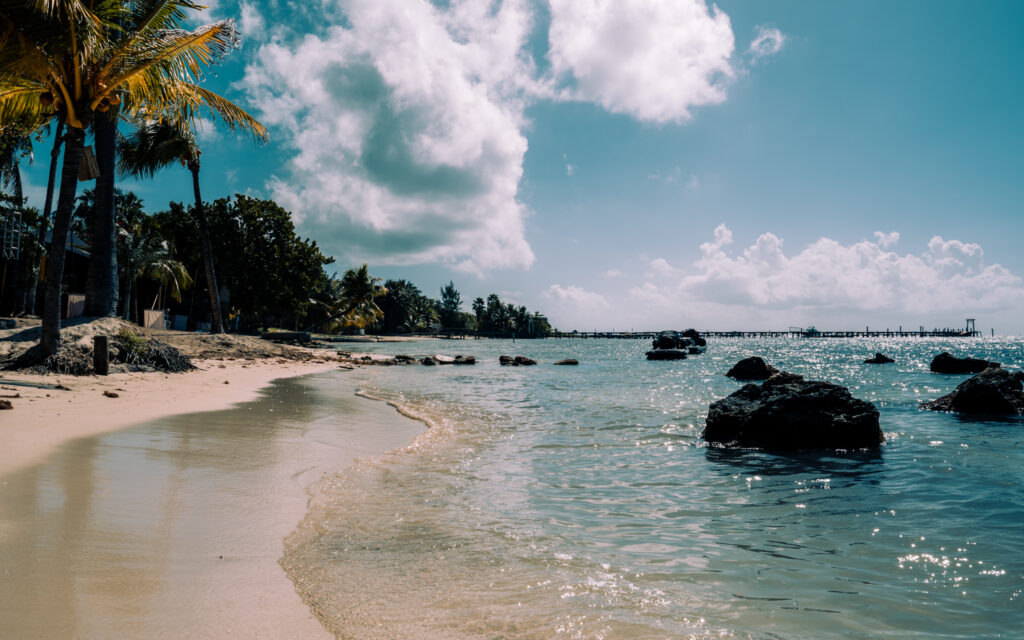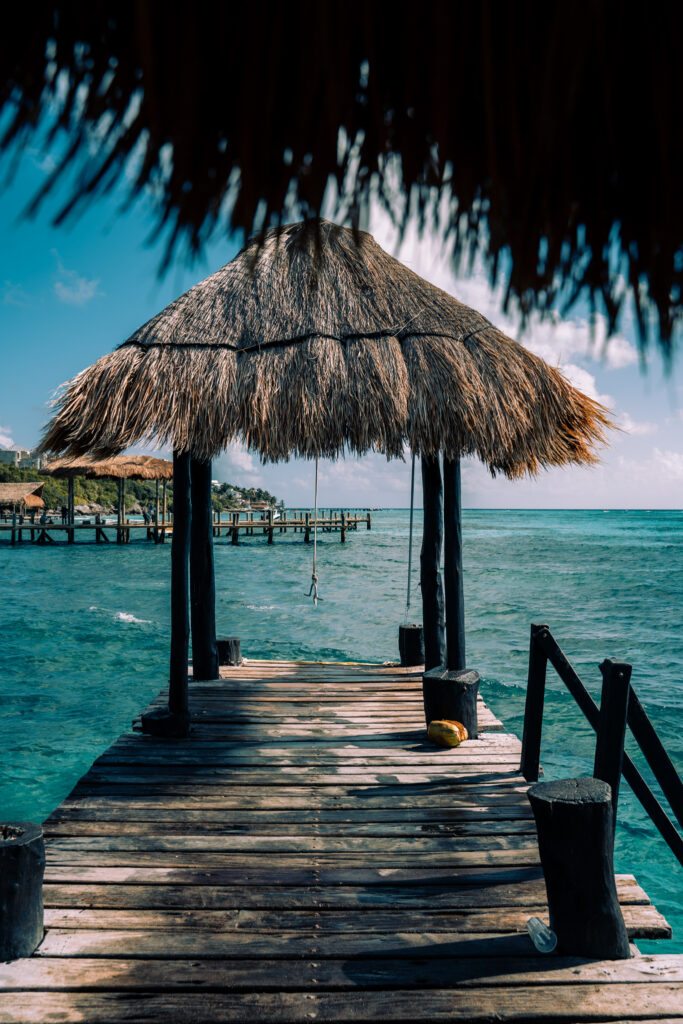Travel photography is a captivating and rewarding endeavor that allows you to capture the essence of new places, cultures, and experiences. Whether you’re a professional photographer or an enthusiastic amateur, mastering the art of travel photography can take your skills to new heights. In this article, we will explore some valuable tips and techniques to enhance your travel photography and help you capture stunning images that tell a compelling story.
Understanding the Importance of Preparation
Before embarking on any travel photography adventure, thorough preparation is essential. By researching your destination, planning your itinerary, and packing the right gear, you can ensure a smooth and successful photography journey. Researching your destination enables you to identify iconic landmarks, cultural events, and hidden gems that you don’t want to miss capturing through your lens. Planning your itinerary ensures that you make the most of your time and have ample opportunities for photography. Lastly, packing the right gear, including your camera body, lenses, tripod, and accessories, ensures that you’re well-equipped to handle various shooting situations. However, keep in mind that occasionally the unexpected can be the most exciting.
Composition and Framing Techniques
Mastering composition and framing is crucial for creating visually appealing photographs. The rule of thirds is a fundamental principle that involves dividing your frame into a grid of nine equal sections and placing your subject along these lines or at their intersections. Leading lines are another powerful technique that guides the viewer’s eye through the image, adding depth and visual interest. Framing and perspective help create a sense of depth and context by incorporating foreground elements or using natural elements like arches or windows to frame your subject. Keep in mind to break the rules from time to time and be creative and find interesting perspectives to make your Photgraphs more interesting.

Utilizing Natural Light
Lighting plays a significant role in photography, and when it comes to travel photography, utilizing natural light can elevate your images. The golden hour and blue hour, which are the periods just after sunrise and just before sunset, offer soft, warm, and diffused light that enhances the atmosphere of your photographs. On overcast days, take advantage of the soft and even light to capture detailed and well-exposed images. When dealing with harsh shadows, consider using reflectors or fill flash to balance the exposure and bring out the details in your subject. While traveling you usually dont have a lot of gear with you. Therefore make the natural light your best friend.
Capturing Local Culture and People
One of the joys of travel photography is capturing the essence of local culture and people. Approaching people with respect and seeking their permission before taking their photograph is crucial. Candid portraits can convey the authentic emotions and stories of the people you encounter during your travels. Engaging in street photography allows you to document the daily life and unique moments that unfold in bustling markets, streets, and public spaces.
Creating Dynamic Landscapes
Travel photography often includes capturing breathtaking landscapes. To create dynamic and visually engaging landscape shots, explore different viewpoints and perspectives. Experiment with shooting from low angles or getting up high for a bird’s-eye view. Incorporating foreground elements, such as rocks, trees, or flowers, can add depth and scale to your images. Look for reflections in water bodies or windows to create captivating compositions.
Mastering Camera Settings
Understanding and mastering your camera settings is crucial for achieving the desired results in travel photography. Aperture, shutter speed, and ISO are the three key elements of exposure. Learning how to control these settings and using manual mode gives you complete creative control over your images. Bracketing for HDR (High Dynamic Range) photography allows you to capture a wider range of tones and details in challenging lighting conditions.
Post-Processing Techniques
Post-processing is an essential part of digital photography. Organizing and selecting your images helps you identify the best shots from your travel adventures. Basic adjustments and enhancements, such as adjusting exposure, contrast, and color balance, can improve the overall impact of your photographs. It’s also crucial to maintain a consistent style throughout your portfolio by developing presets or using specific editing techniques.
Ensuring Safety and Security
When traveling for photography, it’s vital to prioritize safety and security. Protecting your equipment from theft or damage is crucial. Invest in a sturdy camera bag and be cautious of your surroundings. Staying alert and aware of your environment helps you capture the right moments and stay safe. Respect local laws and customs, and seek permission before photographing sensitive subjects or religious sites. If you’re traveling with expensive and a lot of gear, it’s a good idea to get insurance.
Telling a Story with Your Photography
Travel photography offers a fantastic opportunity to tell stories through your images. Developing a narrative involves capturing a series of photographs that work together to convey a theme or a moment in time. Sequencing your shots can create a visual flow that engages the viewer. Including details and close-ups adds depth and context to your storytelling, allowing the viewer to immerse themselves in the scene.

Building a Portfolio and Sharing Your Work
To showcase your travel photography skills, building a portfolio is essential. Curate your best shots that highlight your unique perspective and style. Creating an online presence through a website or social media platforms allows you to reach a broader audience and connect with fellow photographers and enthusiasts. Engage with the photography community by participating in contests, exhibitions, or joining photography groups to receive feedback and inspiration.
Conclusion
Mastering travel photography requires a combination of technical skills, creativity, and a passion for exploration. By following the tips and techniques outlined in this article, you can enhance your travel photography and capture breathtaking images that truly reflect the essence of your travel experiences. Remember to prepare thoroughly, experiment with composition and lighting, engage with local culture, and continue learning and growing as a photographer. So pack your bags, grab your camera, and embark on an incredible journey of mastering travel photography.
Should I cover more photography topics on my blog? Let me know in the comments or on social media.
Frequently Asked Questions
- How important is it to research the destination before travel photography?
- Researching the destination is crucial as it helps you identify key landmarks, cultural events, and hidden gems that you don’t want to miss capturing through your lens. It allows you to plan your itinerary effectively and make the most of your photography opportunities.
- What is the golden hour and why is it important in travel photography?
- The golden hour refers to the period just after sunrise and just before sunset when the sun is low on the horizon. During this time, the light is soft, warm, and diffused, creating a magical atmosphere for photography. It’s highly sought after by photographers due to its flattering effect on subjects and the warm glow it casts on landscapes. When shooting in the afternoon with a lot of light you might want to purchase a ND-Filter to avoid overexposure in your photographs
- How can I ensure the safety of my camera equipment while traveling?
- To ensure the safety of your camera equipment, invest in a sturdy camera bag that offers protection from theft and damage. Be cautious of your surroundings, especially in crowded areas. Consider using a camera strap or harness to keep your gear secure. It’s also a good idea to have insurance coverage for your equipment in case of any unforeseen incidents.
- How can I tell a compelling story through my travel photography?
- Telling a compelling story through your travel photography involves capturing a series of photographs that work together to convey a theme or a moment in time. Focus on developing a narrative and sequencing your shots to create a visual flow. Include details and close-ups to add depth and context to your storytelling.
- How can I build a portfolio and share my travel photography work?
- To build a portfolio, curate your best shots that showcase your unique perspective and style. Create an online presence through a website or social media platforms to reach a broader audience. Engage with the photography community by participating in contests, exhibitions, or joining photography groups to receive feedback and gain inspiration from fellow photographers.


I think is amazing you include all the process to document, and the things we will to really need. Thank you for the tips❤